Institut confucéen Wolbongseowon (월봉서원)
17.1Km 2021-03-26
133, Gwanggok-gil, Gwangsan-gu, Gwangju
+82-62-960-8253
L'institut confucéen Wolbongseowon (construit en 1578, 11ème année du règne du roi Seonjo) a été érigé par Kim Gyehwien l'honneur des études et de la vertue de Ki Daeseung. L'institut a été érigé dans le temple Mangcheonsa (Sanwol-ri, Bia-myeon, Gwangsan-gun). L'institut fut ensuite déplacé vers sa localisation actuelle en 1646 (24ème année de règne du roi Injo) alors que l'appellation 'Wolbong' a été donnée par le roi Hyojong en 1654.
Musée du Bambou Coréen (한국대나무박물관)
18.1Km 2021-07-02
401-1 Cheonbyeon-ri Damnyang-eup Damnyang-gun Jeollanam-do
+82-61-380-3479
Le Musée du Bambou Coréen a été ouvert en mars 1998. Il s’agit d’un vaste complexe permettant aux visiteurs de découvrir l'univers des produits en bambou en Corée. Il fut établi initialement pour servir de zone de repos pour les visiteurs de Damyang et pour promouvoir les arts uniques du bambou de la région.
Le musée possède cinq salles d’expositions et une collection d’environ 2500 produits en bambou, allant des produits datant de la dynastie Joseon jusqu’à des produits plus modernes ainsi que des produits étrangers. Les arts du bambou de Damyang ont une histoire de plus de 500 ans. De plus, les produits en bambou sont réputés pour leur grande qualité grâce notamment à leur resistance puisque dans la mesure où seuls des produits sur mesure sont utilisés par les artisans.
Le musée propose également chaque année un festival autour du bambou au mois de mai.
Namdo Hanu (남도한우)
18.3Km 2021-03-20
1169, Jukhyang-daero, Damyang-gun, Jeollanam-do
+82-61-383-2211
It sells only Korean beef as a selected model restaurant. This restaurant's signature menu is grilled beef. This Korean dishes is located in Damyang-gun, Jeollanam-do.
Musée de la Poire de Naju (나주배박물관)
18.5Km 2021-03-29
5838, Yeongsan-ro, Naju-si, Jeollanam-do
+82-61-339-2590
Le musée de la poire à Naju dans la province du Jeollnam-do a ouvert ses portes en 1992 pour étudier et promouvoir la célèbre poire de Naju.
Connue comme étant le lieu d’origine des poires coréennes, Naju possède même un musée dédié à ce fruit. Le musée de la poire de Naju propose tout ce que vous aurez besoin de savoir à propos des poires, comme par exemple l’histoire des différentes variétés, les méthodes de conservation et le processus de culture. Les visiteurs peuvent également acheter des poires dans le centre de distribution des poires adjacent au musée.
Maru-o / 마루오(MARU-O)
18.7Km 2025-03-05
5-8, Baemet 3-gil, Naju-si, Jeollanam-do
+82-61-331-0700
MARU O is a modern business hotel located at the center of Naju Innovation City. Many public enterprises are clustered around the hotel. Therefore, the hotel is loved by business travelers visiting the city, while the neat facilities also attract casual travelers. The Bitgaram Lake Park, right in front of the hotel, is a great place for a walk along the pleasant park surrounding a small lake. At the heart of the park stands Baemesan Observatory where one can enjoy an unhindered view of Naju Innovation City.
The hotel offers a variety of services as well. In particular, there is a charger for electric car drivers in the underground parking lot. Front desk provides tourist guidebooks on Naju and the Jeollanam-do region and lends mobile phone charger for free.
MARU O is about a 12-minute drive away from the KTX Naju Station, and 15 minutes by car from the inter-city bus terminal, Yeongsanpo Hongeo Street or Naju Gomtang Street. In particular, Naju Gomtang Street is a region where famous Gomtang (Naju’s representative food) restaurants are concentrated. As Hayanjib, Naju Gomtang Noamjib, Naju Gomtang Wonjojib and 60-year Nampyeong Halmaejib (some of the best known places) are all found here, just drop in anywhere and you will be able to taste the authentic taste of local dishes.
Hwasun Dolmen [Patrimoine Mondial de l’UNESCO] (화순 고인돌군 유적)
18.7Km 2020-06-04
Goindol 1-ro, Hwasun-gun, Jeollanam-do
+82-61-379-3178
Le site de dolmens de Hwasun est situé autour des chutes du col qui relie Dogok-myeon Hyosan-ri et Chunnyang-myeon Daesin-ri. Les indicateurs d’études présupposent que parmi les 980 pierres à Dogok-myeon Hyosan-ri, il y a environ 135 dolmens. De plus, parmi les dalles de pierre endommagées, environ 100 d’entre elles maintiennent leur forme.
Il y a environ 250 dolmens à Hyosan-ri, incluant les actuels et ceux faits dans des carrières de pierre. A travers ces études, nous avons pu réaliser qu’il y a 124 dolmens parmi les 3309 pierres localisées dans la partie de Chunnyang-myeon Daesin-ri. Au moins 300 d’entre elles ont conservé leur état. Les recherches montrent qu’il y a 23 dolmens ayant des stèles funéraires.
Le caractère spécial des dolmens de Hwasun est que dans l’enceinte d’une petite région, il y a en environ 596 qui sont rassemblés et la plus grosse pierre de Corée y est aussi située.
Les dolmens de Hwasun sont inscrits au patrimoine mondial depuis le 2 décembre 2000 (numéro 997, avec les dolmens de Gochang et Gangwha), d’où les perspectives de développer le site en tant que destination de voyage du monde.
* zone – sous-division 235 – 2 051 951 m²
Chuseongno1205 (추성로1205)
18.9Km 2021-04-07
1205, Chuseong-ro, Damyang-gun, Jeollanam-do
+82-61-383-1205
Tteokgalbi is the representative menu of Damyang in Jeollanam-do. The representative menu is grilled short rib patties. This is a Korean cuisine located in Damyang-gun, Jeollanam-do.
YangDongHo Traditional House (Hanok 152)/ 양참사댁(양동호 가옥 / 한옥152)
19.0Km 2025-03-05
24, Darasil-gil, Hwasun-gun, Jeollanam-do
+82-10-9646-5087
Yangchamsadaek (Yangdongho’s former name) or National Cultural Property No. 152 is a traditional hanok accommodation. Dalasil Village, Hwasun, Jeollanam-do, where the house is located, is a town with traditional houses and fields, where interestingly those who have the surname of Jeju Yang live together.
Yangchamsadaek is a typical noble's house in the southern region with the ㄷ-shaped main building and the ㅡ-shaped detached building form the ㅁ shale. It is expected that the main building was built in the 18th century and the detached building at the end of 19th century. In 2013, the current owner has taken over the antique house and started running a hanok stay, and his daughter, Jo A-ae, a curator and culture planner, added modern touches to turn it into a culture complex, Hanok 152. The wide lawn is sometimes rented for music performance, traditional wedding, or outdoor wedding, and other times it serves as a venue of one-day classes for hanbok experience, Korean food experience, etc.
As for rooms, there are four options: big room and small room in Anchae (main building), and Daecheong room and bed room in Sarangchae (detached building). The rooms are decorated with traditional cabinets and folding screens with embroidery, displaying the beauty of an antique house. The main floor, which is much bigger than that of other houses, has been renovated by the owner. The main floor in the main building, with a comfortable sofa and a rug, is modern and luxurious, whereas the main floor in the detached building is cozy with a floor table and Korean cushions. Toiletries are not available in the bathroom but provided upon request to the information desk. Space rental is also available. Various events such as traditional wedding, small wedding, first birthday celebration, 70th birthday celebration, small workshop, or one-day class can be held here. Moreover, traditional hanbok experience is always available at 15,000 won per person. Korean food experience is notified on Instagram and requires reservation. As the cost varies depending on the number of participants and the date, make sure to inquire over the phone.
Also located in the village are Hanjae House (National Cultural Property No. 154) and World Heritage Hwasun Dolmen Site. Note that the Unjusa Temple, famous for the Cheonbulcheontap Pagoda, is a 15-minute drive away.
Sane Flower [Korea Quality] / (주)산에는 꽃이피네 [한국관광 품질인증]
19.0Km 2020-09-03
20-1, Dongnyeok-gil, Dado-myeon, Naju-si, Jeollanam-do
+82-10-4612-4232
‘Flowers Blossoms in the Mountains’ is a hanok-style accommodation located between the House of Hong Gi-chang, a local cultural heritage, and Gyeeun Historic House (or the House of Hong Gi-eung; National Folklore Cultural Heritage No. 151) in Dorae Hanok Village. Built in 1917, the house was built with carefully selected high-quality wooden materials without using nails. It was renovated for use as tourist accommodation in 2011, opened as a hanok style of accommodation in 2013, and renovated again in 2014. On this occasion, the old doors were replaced and made into the tables that stand in the grassy courtyard.
The house has a total of 4 rooms. Each room can accommodate up to 2 to 4 people. Each room is equipped with a kitchen, bathroom, air-conditioner, TV, toiletries, plates, and so on.
This well-insulated hanok house is decorated with hanji (traditional Korean paper handmade from mulberry tree) and various antique items. Tables are available for guests in the courtyard, of which a stylish stone-paved corner stands out in particular.
There is a walkway established by Naju City in front of the house, and a vegetable garden near the house. Guests can see gourds and sponge gourds in the yard and acorn trees on the hill behind the house. In addition, the Metasequoia Street that runs through the grounds of the Naju Forest Resource Institute is just one minute’s drive from the house.
Moreover, as the village contains many houses that are classed as cultural heritages, the owner guides guests around them at weekends. Surrounding tourist attractions include Bulhoesa Temple and Najuhyanggyo Confucian School.
Doraemi House / 도래미하우스
19.1Km 2025-08-12
18-26, Dongnyeok-gil, Dado-myeon, Naju-si, Jeollanam-do
+82-10-8616-6725
Doraemi House is a hanok stay type of tourist accommodation located in the village of Dorae, Naju City, Jeollanam-do Province. The house was named Doraemi, meaning “the beauty (mi) of Dorae”, in the hope of conveying the beauty of the village. The accommodation consists of three hanok structures - the Bonchae, Sarangchae, and Byeolchae. The Bonchae consists of two bedrooms with a garret; the Sarangchae has 2 bedrooms flanked by a living room; and the Byeolchae, located on a hill, is a cozy single room, with a wooden swing placed in front of the building. Doraemi House is decorated with cozy, natural items that create a relaxing atmosphere. A pleasant forest trail passes by the house and leads to Gyeeunjeong Pavilion, one of the village’s three pavilions, and a small pond. The owner of the house has established a small reading space filled with picture books next to the Bonchae building, where guests can enjoy reading amid a tranquil atmosphere.
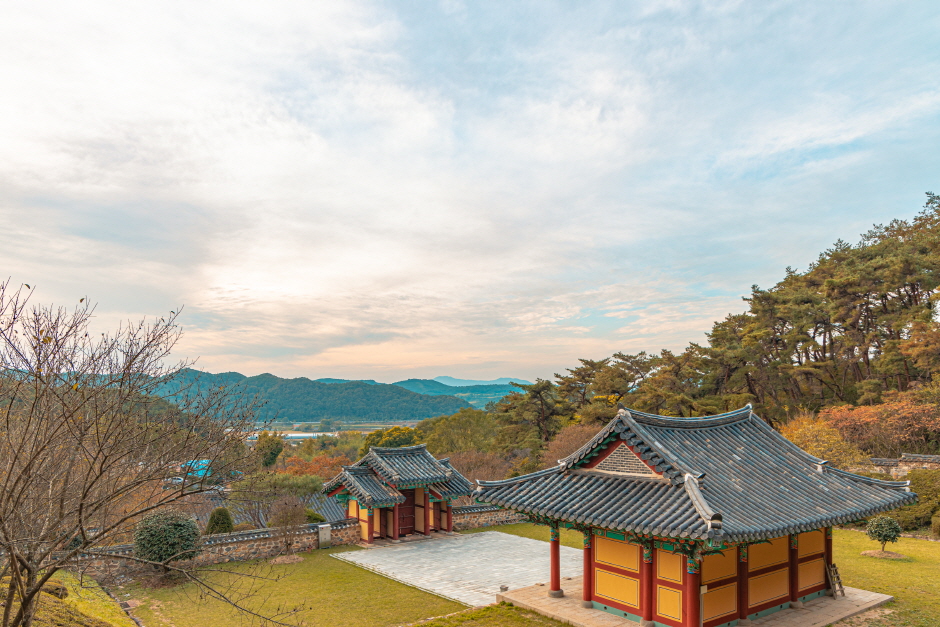
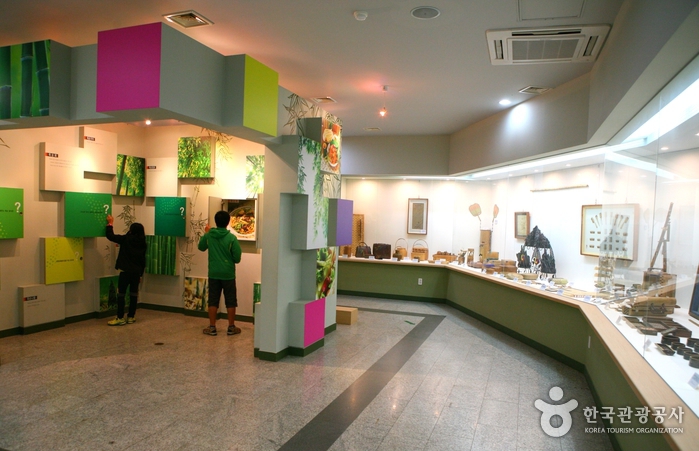
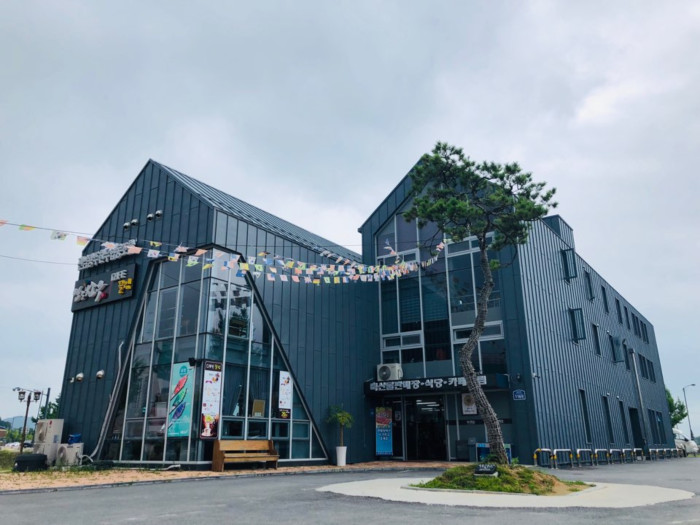
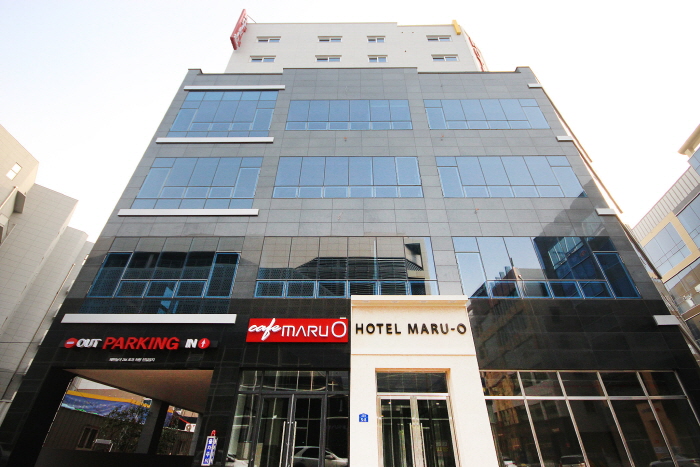
![Hwasun Dolmen [Patrimoine Mondial de l’UNESCO] (화순 고인돌군 유적)](http://tong.visitkorea.or.kr/cms/resource/03/2515703_image2_1.jpg)
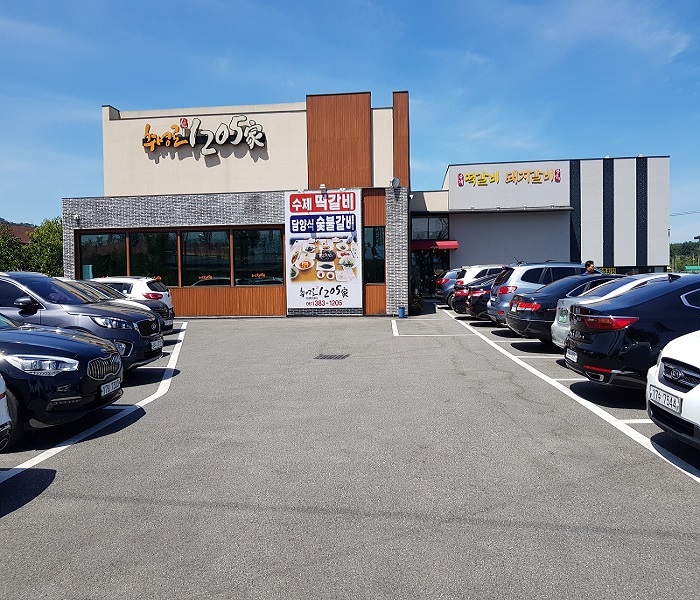
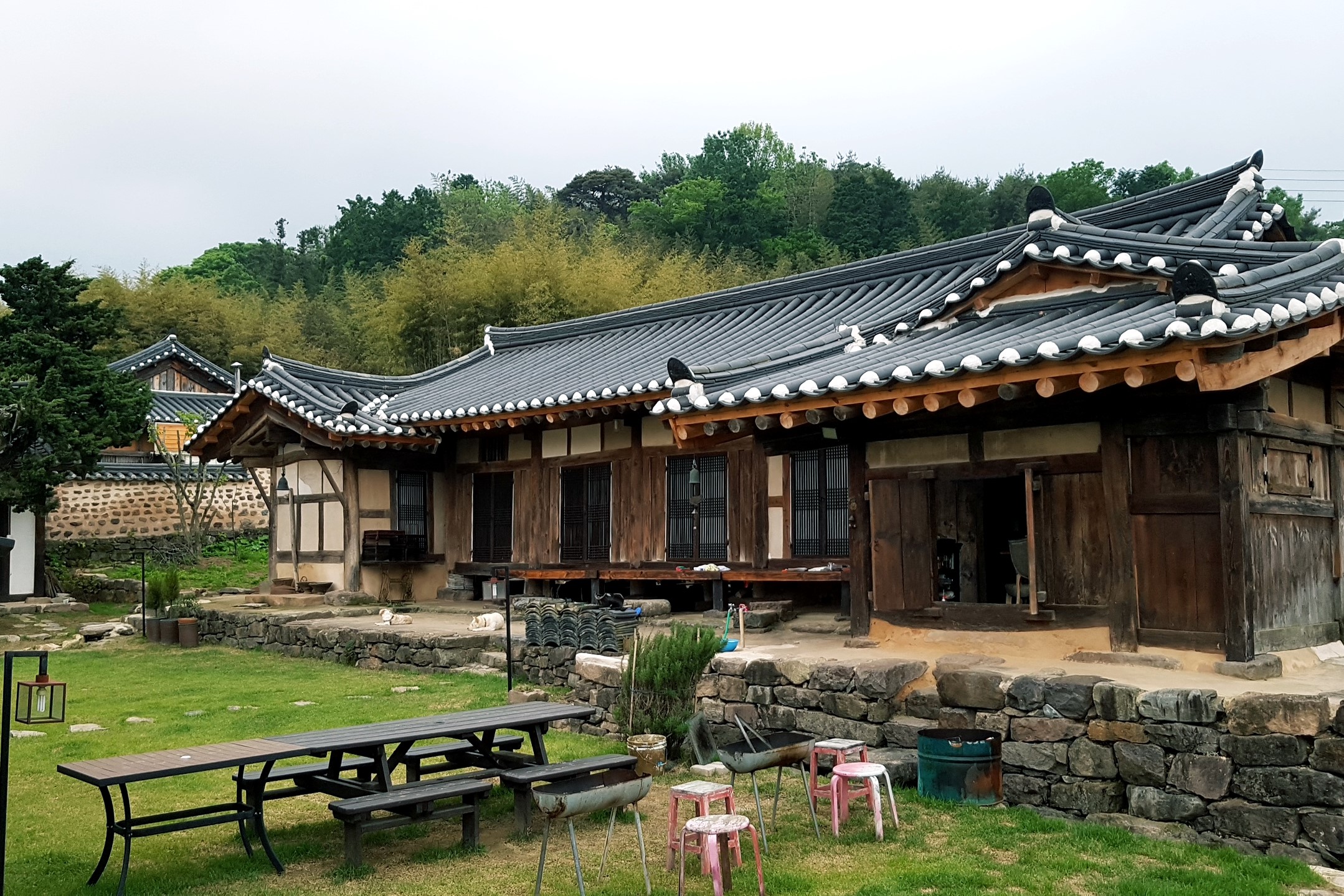
![Sane Flower [Korea Quality] / (주)산에는 꽃이피네 [한국관광 품질인증]](http://tong.visitkorea.or.kr/cms/resource/98/2574998_image2_1.jpg)
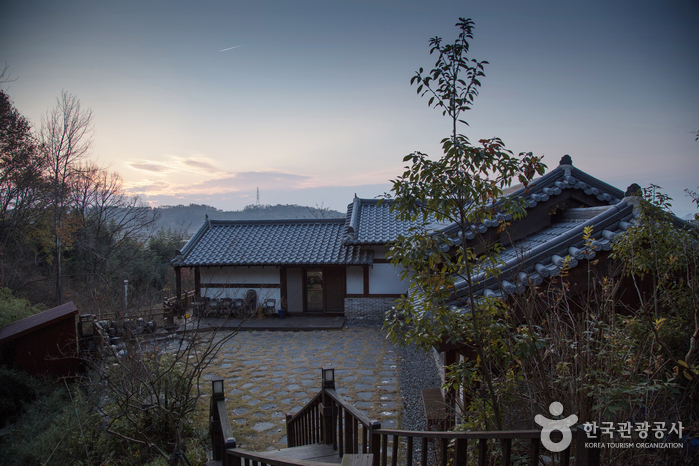
 Français
Français
 한국어
한국어 English
English 日本語
日本語 中文(简体)
中文(简体) Deutsch
Deutsch Español
Español Русский
Русский